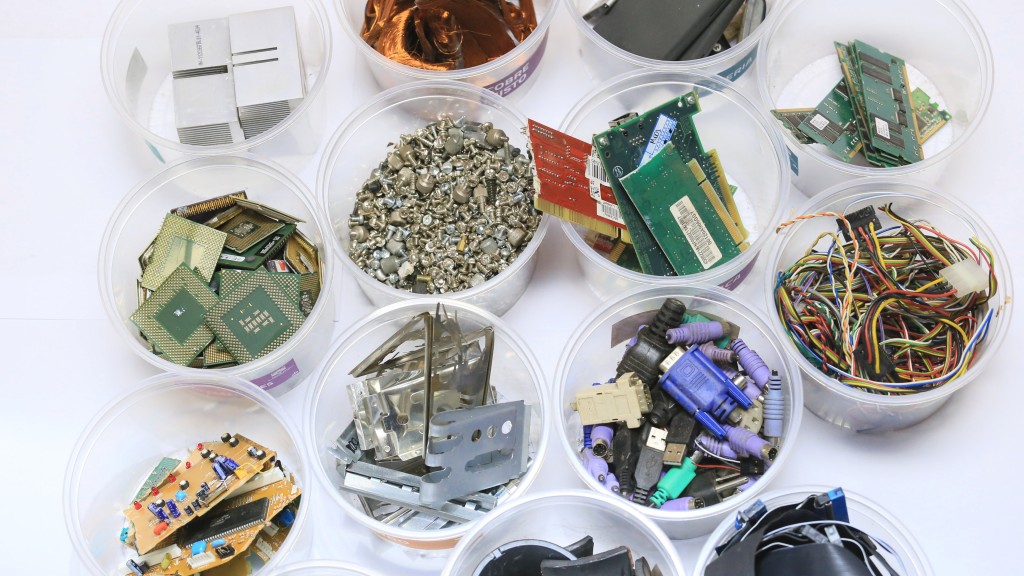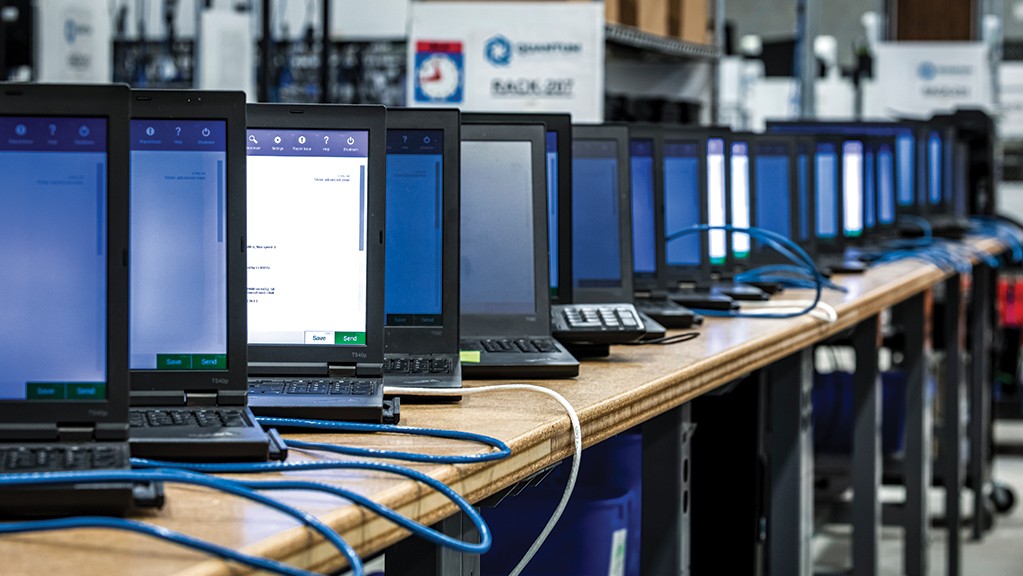International E-Waste Day: 57.4 million tons of waste electronic and electrical equipment expected in 2021

October 14th is International E-Waste Day, 2021, a day when leading experts, producer responsibility organizations and the WEEE Forum are calling on households, businesses and governments to get behind efforts to get more dead or unused plug-in or battery-operated products to facilities where they can be either repaired or recycled to recover valuable materials and reduce the need for new resources.
This year's worldwide mountain of waste electronic and electrical equipment will total an estimated 57.4 million tonnes -- greater than the weight of the Great Wall of China.
Last year's Global E-waste Monitor 2020 reported that an estimated 53.6 million metric tonnes (Mt) of WEEE was generated in 2019. That represented a 21 percent jump in the five years since 2014 (with e-waste on a predicted course to 74 Mt by 2030).
Global e-waste generation is therefore growing annually by 2 Mt, or about 3 to 4 percent, a problem attributed to higher consumption rates of electronics (increasing 3 percent annually), shorter product lifecycles and limited repair options.
When it comes to mobile phones, a French study estimates that 54 to 113 million mobile phones alone, weighing 10 to 20 tonnes, are sleeping in drawers and other storage spaces in French homes.
In the US, while many mobile phones are recycled, an estimated 151 million or more phones a year -- approximately 416,000 a day-- are trashed and end up incinerated or landfilled, and that 40 percent of heavy metals in US landfills come from discarded electronics.
By weight, discarded big appliances such as stoves and refrigerators constitute the largest component of e-waste. These large appliances contain steel, copper and aluminium which makes them attractive to thieves. Despite concerted efforts by governments at many levels, this problem persists. Even in the EU, which has had comprehensive Extended Producer Responsibility (EPR) legislation in place for nearly two decades, consisting of targets and legal responsibilities, the EU's formal e-waste collection rate is 55 percent (2018).
"This year's focus for International E-Waste Day is the crucial role each of us has in making circularity a reality for e-products," says Pascal Leroy, Director General of the WEEE Forum. "This is more important than ever as our governments go into COP26 to discuss global action to reduce carbon emissions. Every tonne of WEEE recycled avoids around 2 tonnes of CO2 emissions. If we all do the right thing with our e-waste we help to reduce harmful CO2 emissions."



